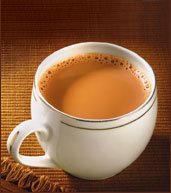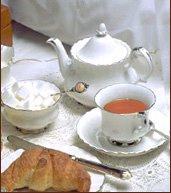It means tea leaf grading. The highest is referred as orange pekoe while the dust or fanning is the lowest in the rung. The leaf buds and the number of associated leaves determine the quality of the lot. The grading system is recognized more in India, Sri Lanka and other tea producing nations other than China.
The size and wholeness influences the taste and clarity of the brew hence they are the standards of judgement. The leaves are processed and dried during the time of grading. Orange Pekoe hence consists of whole leaves of a specific size these are considered in the Western Trade as medium grade black leaves. the new flushing with a terminal bud and young set of leaves receive the highest grade. During the grading the mesh which usually ranges from size eight to thirty mesh plays a major role.
High grade of Pekoe Tea from fresh flush usually consists of a terminal bud and one or two young leaves. The flavor consists of scent of natural surroundings and a sweet bitter taste. Hence the rejects obtained during the selection or grading process are leftovers termed as fanning. The further grading leads to leftover fine pieces of leaves known as dust. The dust is the lowest grade of tea and hence most economical. Albeit dust of high quality leaves can be more expensive than whole leaf poor quality produce. The demand for dust and fanning is most among the poor in Asian countries and commercially the chai wallahs or tea stalls in India.




